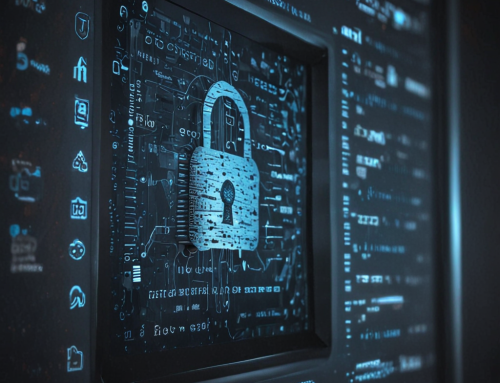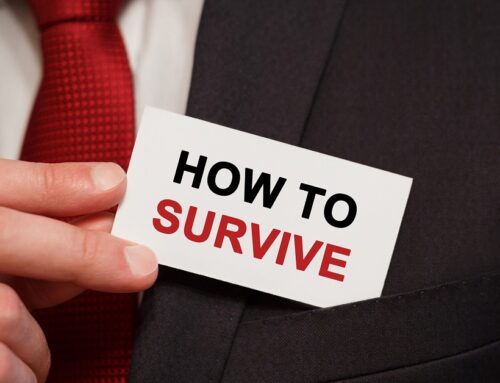Public WiFi is everywhere – in coffee shops, bars, restaurants, hotel lobbies, retail establishments, and – in some cases – parks, beaches, and other public gathering places. While not as prolific as public WiFi, public charging stations are not hard to find either, making it all-too easy to surf the Internet on your laptop and charge your phone while waiting for your flight to board, enjoying a beer at a café, or just catching some rays.
In the U.S., there are more than 400,000 free WiFi hotspots, with more than 12,000 in New York City alone, according to vpnMentor’s 2021 research. While no one has counted the number of free charging stations in the U.S., and they certainly don’t come close to the number of free WiFi hotspots, they are still rather plentiful.
The Dangers of Public WiFi
When you use public WiFi, you are potentially exposing yourself to various cyberattacks, such as malware, viruses, hacking, and other forms of intrusion.
Goodspeed, a mobile WiFi company headquartered in Oulu, Finland, has identified seven threats associated with public WiFi:
- Theft of personal information.
- Cyberattacks on the business associated with the online device.
- Man-in-the-middle attacks, in which cybercriminals impersonate a WiFi network and wait for unsuspecting users to connect, thereby giving the criminals open access to your device.
- Unencrypted connections that allow anyone within range of your computer or smartphone to intercept everything you send or receive.
- Packet sniffing – also called eavesdropping – which allows others to view everything transmitted over the WiFi network, provided it is not encrypted.
- Distribution of malware, virus, worms, trojan horses, ransomware, and more.
- Session hijacking, in which the cybercriminal can intercept your connection to a website – such as your bank – and clone the connection on his or her own computer.
How to Protect Yourself on Public WiFi
The easiest answer is not to use public WiFi at all; use cellular data or your own mobile hotspot. If that is not possible however, then 1) keep your browsing to a minimum and don’t visit private websites, such as banks; 2) connect using a virtual private network, which will encrypt everything you send and receive – even if the WiFi network you are connected to is unencrypted; and 3) use two-factor authorization to add an extra layer of security.
The Dangers of Public Charging Stations
Charging your smartphone by connecting it to a USB port can be dangerous. Hackers can infect your smartphone with malware or a virus and can also steal your files, passwords, and identity. They can also render your smartphone unusable – and worthless.
The issue with USB ports is that when you plug your smartphone into one, it opens the option to move files back and forth between your smartphone and the device it is connected to. The reason for this is because a USB port is not simply a power socket; a regular USB connector has five pins, where only one is needed to charge the receiving end. By default, two of the others are used for data transfers.
So, if your smartphone is infected and you connect it to the USB port of a network computer, it could be the genesis of a corporate-wide cyberattack.
That’s not the only danger a USB port presents to your smartphone. There is also the risk of juice jacking, which is a type of cyberattack that uses a USB charging port to either steal data from the connected phone or infect the phone with malware – or both. Public charging stations, such as those found in most airports, are especially prone to juice jacking and are a favorite target of cybercriminals.
“In some cases, criminals have left cables plugged in at the stations,” said the Federal Communications Commission, making it even easier to connect your phone to the infected charging station. Cybercriminals have also been known to give away infected cables as promotional gifts, according to a New York Times story.
How to Protect Yourself on Public Charging Stations
To prevent you from being a victim of juice jacking, the FCC offers these tips:
- Don’t use USB charging stations; use AC power outlets instead.
- Don’t borrow or use AC, car chargers, and USB cables given to you from strangers.
- Carry a portable charger or external battery.
- Use a data blocker, which is a physical cybersecurity device that blocks all data connection to a USB port while allowing the port to be used for charging.










